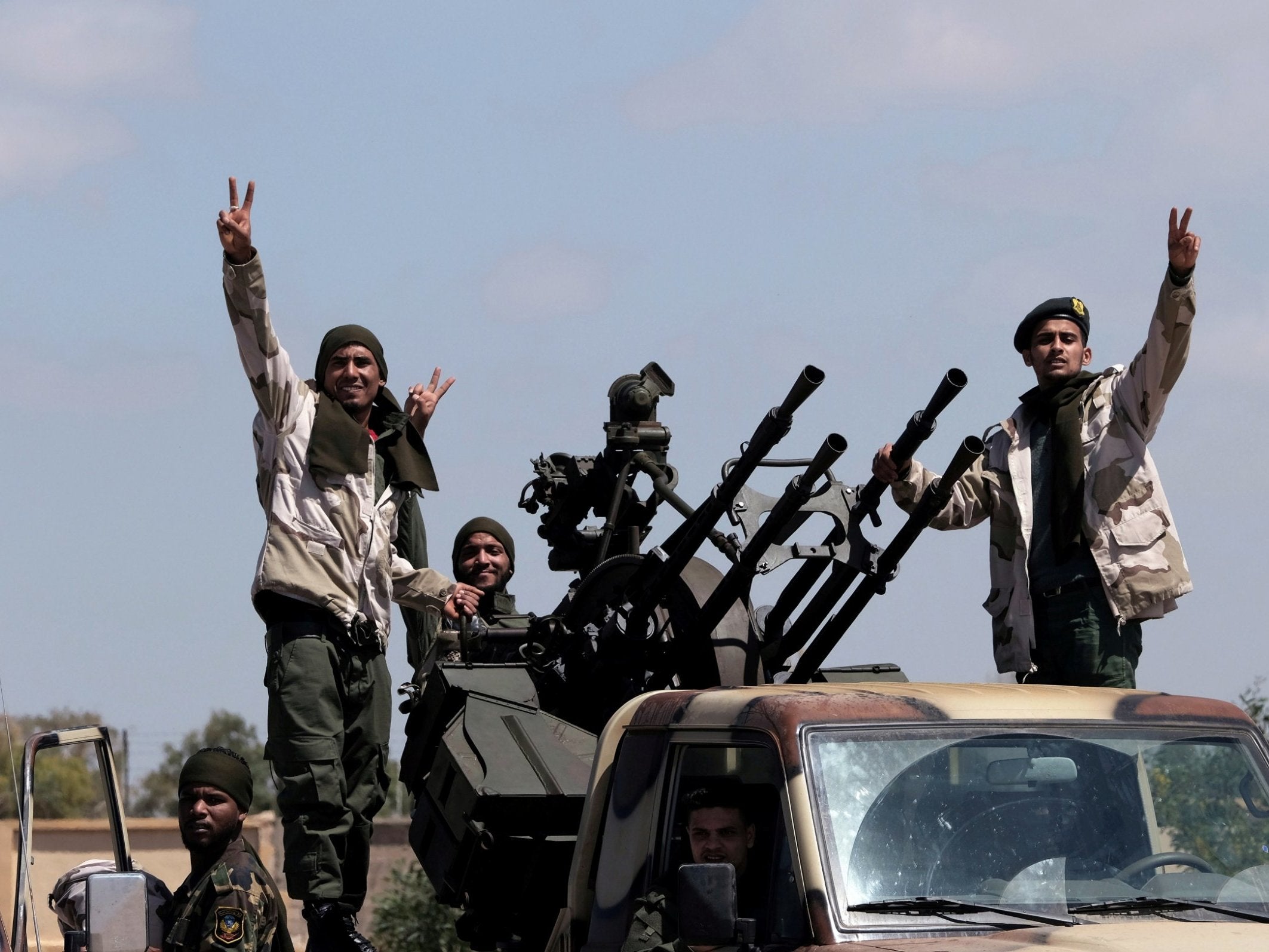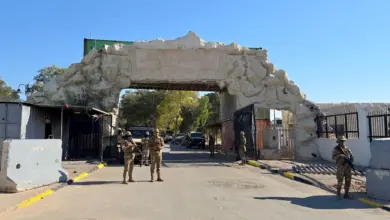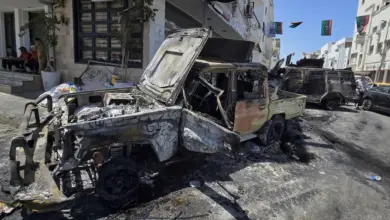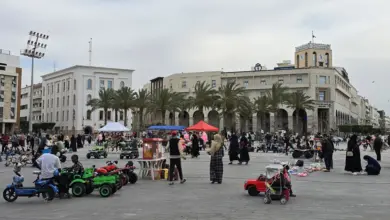
TRIPOLI (Reuters) – After fleeing an advance by eastern-based forces on Tripoli, 80-year-old Mabrouka al-Twati and her daughter spent days sleeping rough in the Libyan capital. Now they are in a shelter where sheets cover broken windows and two desks serve as a kitchen.
As a military offensive on Tripoli by Khalifa Haftar’s Libyan National Army (LNA) enters its sixth month, the two women are among an estimated 120,000 displaced by the latest escalation of violence in the oil-rich nation of six million.
The offensive stalled in the city’s southern suburbs and the frontline has barely shifted for weeks, but the early fighting drove many from their homes.
Some of the displaced use public gardens or erect tents by Tripoli’s Mediterranean seafront. Others have found themselves in shelters that lack even basic provisions or drinking water.
Twati and her 47-year-old divorced daughter Tabra al-Hamali left their home in Sidi Salim, just south of Tripoli, in April, when the LNA began its assault, upending U.N.-led plans for a national reconciliation conference.
They are now housed precariously in a school classroom converted into a shelter and run by the Abu Salim municipal council.
“My daughter and I moved from street to street to find a place, and took naps under trees,” Twati said, perched next to her daughter on a donated mattress. “We experienced torment unlike anything we ever saw before.”
Libya began to splinter in 2011, when a Nato-backed uprising toppled Muammar Gaddafi after more than four decades in power. Since 2014 it has been split between rival camps based in Tripoli and the east.
Haftar launched his campaign promising to rid Tripoli of the armed groups that entrenched themselves after 2011.
But he is also trying to dislodge the internationally recognized Government of National Accord (GNA), which was set up in 2016 after a U.N.-backed political deal, and has depended on some of those armed groups for its security.
Haftar has received backing from the United Arab Emirates and Egypt, who have vied for influence in Libya with regional rivals Turkey and Qatar.
In total, more than 268,000 Libyans are internally displaced, according to the U.N. refugee agency, some from fighting in 2014-2017 in Libya’s second city Benghazi, where forces loyal to Haftar eventually took control.
FEW SUPPLIES
Conditions at shelters that have sprung up across Tripoli are tough.
“We fear severe shortages of food and medical supplies since the length of the conflict is draining our reserves,” said Mohamed al-Shukri of the Tripoli Red Crescent, whose volunteers work in 35 such shelters.
Outside the GNA’s headquarters in central Tripoli, displaced people try to catch the attention of officials at the entrance gate. “All I need is a rent to survive with my family. I’m not asking for the impossible,” one women told guards earlier this month.
Most of the newly displaced are women, children or elderly, said Yousef Galala, state minister of internally displaced people’s affairs. The GNA had allocated 120 million Libyan dinars ($85.7 million) in aid, and was considering an additional 100 million, he said.
But displaced families living in cramped huts at a shelter located in a disused factory in Tripoli’s eastern suburb of Tajoura said they had seen no sign of the aid.
“We are oppressed and have nothing, and my heart feels heavy when my children ask for what they need and I can’t provide it,” said one retired soldier and father of seven, his wife perched on the hut’s steps to give space to the children inside.
At another shelter in a dilapidated state-run hotel near Tajoura, a mother carried a toddler in her arms. “I can’t leave my daughter walking alone because of broken banisters, and look at the windows,” she said, pointing at empty panes. “What will we do in winter in such conditions.”
Editing by Aidan Lewis and Alexandra Hudson




